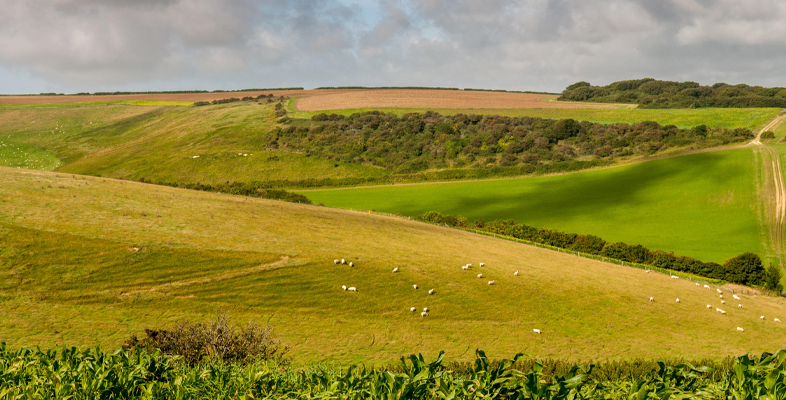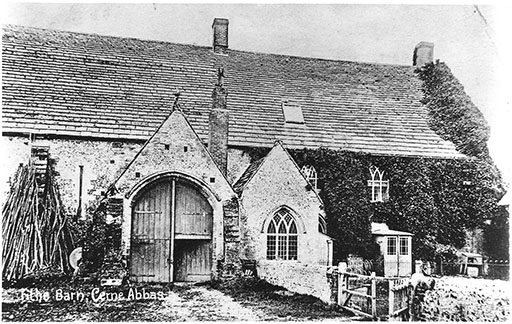4.3 Style: what kind of writing is this?
Did you notice the length of the sentences in that first paragraph? The first one is short and factual; the second which introduces Bathsheba and Liddy is not much longer. But the third sentence is very long and descriptive. It winds on and on, adding detail upon detail in a succession of subordinate clauses which build to create an impression of a far-from cheerful room. The farmhouse is a ‘mouldy pile’, it is ‘dreary before the candles were lighted and the shutters closed’, and there is no fire, so no warmth. That focus on sensuous detail – the lack of light and heat - allows us to feel as well as see the place in our imaginations. Bathsheba’s piano may be second-hand but it is still a status symbol, nevertheless in this unwelcoming and dilapidated space it appears to be ‘sloping and out of level on the warped floor’. Neither the room nor the piano look anything but ramshackle in this description.
Then the narrator comments on Liddy, describing her as ‘like a little brook’ which is shallow, but ‘always rippling’. That comparison provides us with a lovely image of Liddy, making her sound interesting and lively in contrast to the dreary room. If you find the rest of the sentence slightly puzzling, think back to the image of the shallow rippling brook to help make sense of it. Her ‘presence had not so much weight as to task thought, and yet enough to exercise it’. Liddy is, in other words, not a complex character with a great intellect (she’s not going to make anyone think hard) but she might well provoke ideas. Which is exactly what she goes on to do in conversation with Bathsheba. Re-read the first passage of dialogue between them now.

